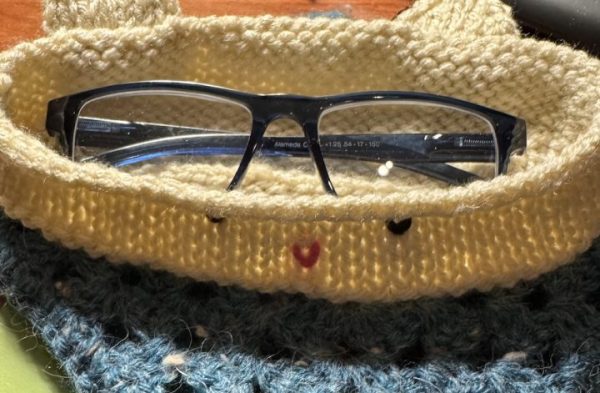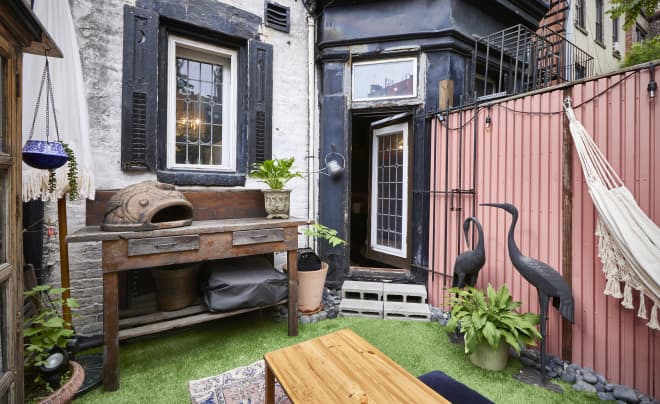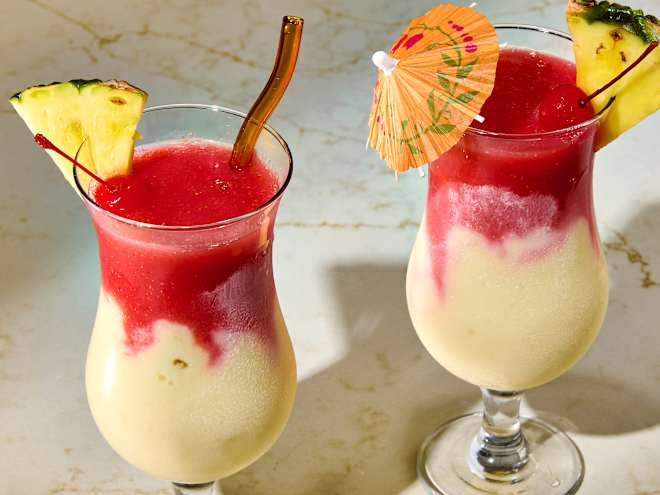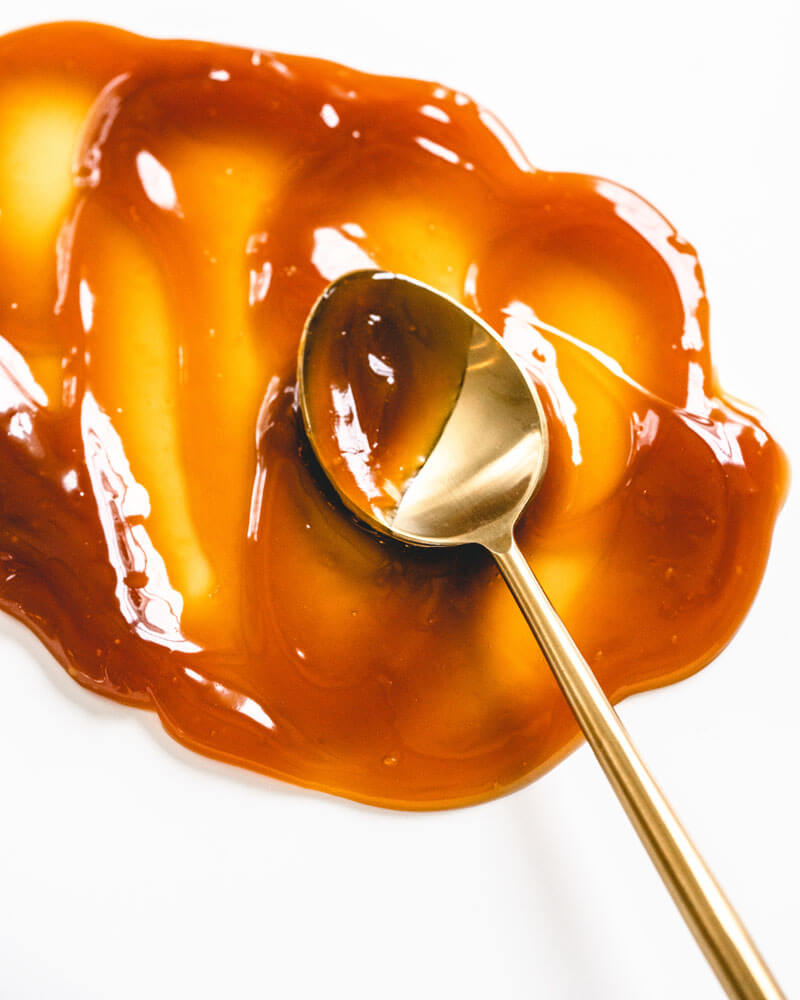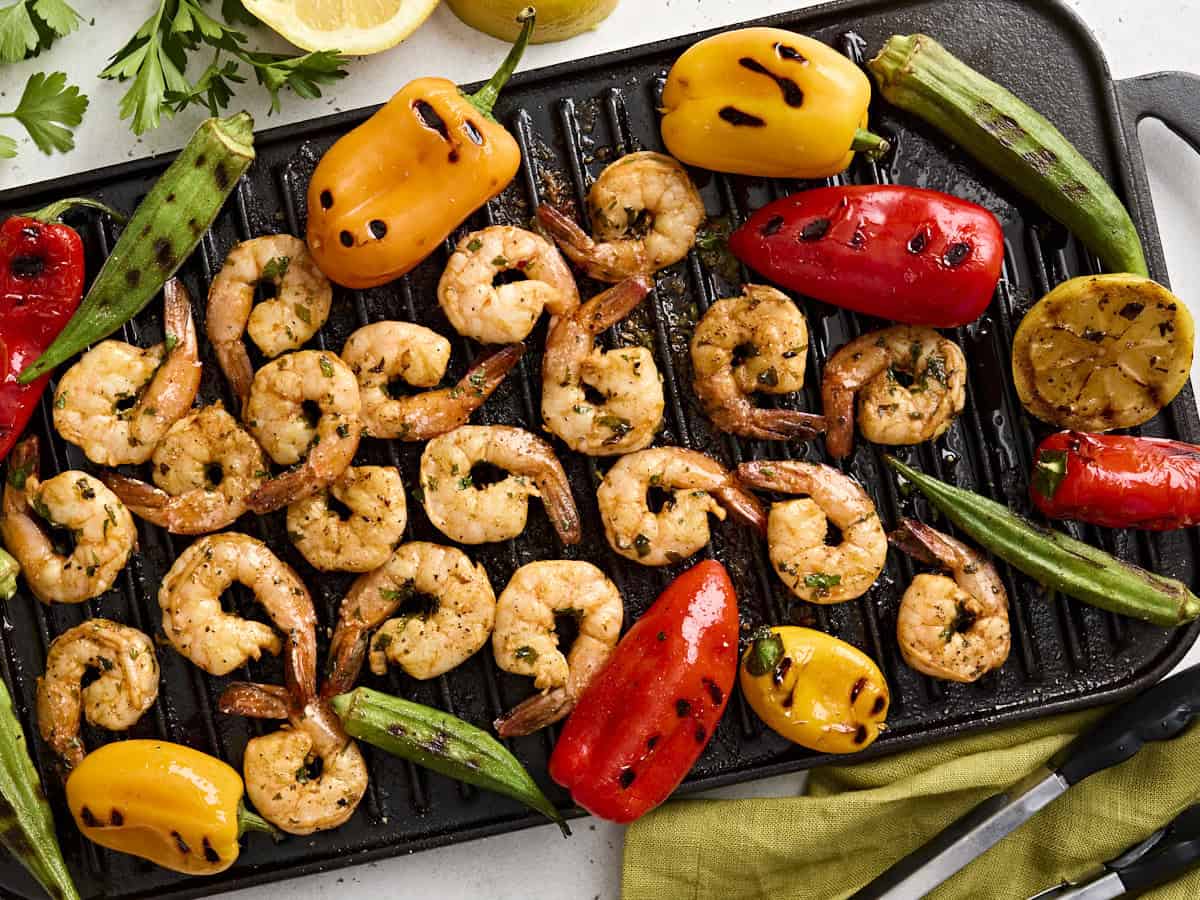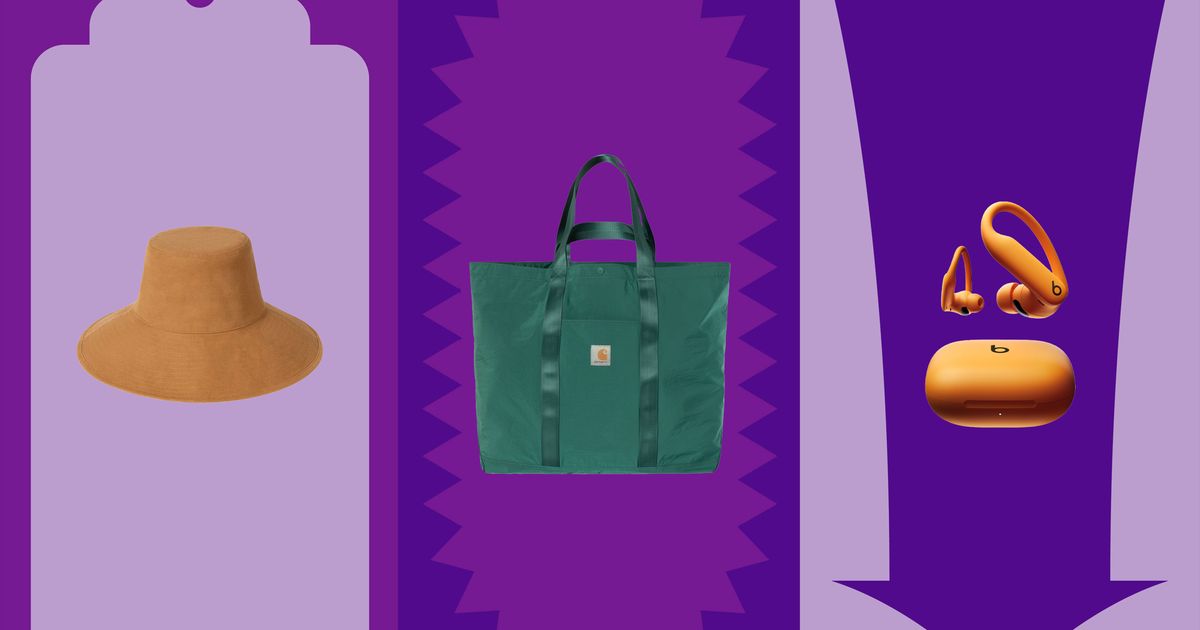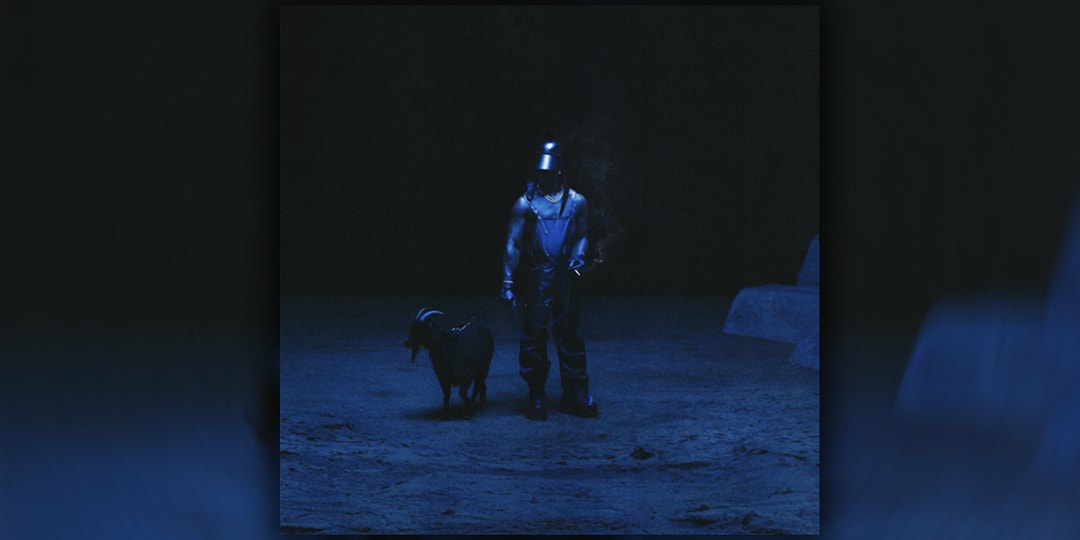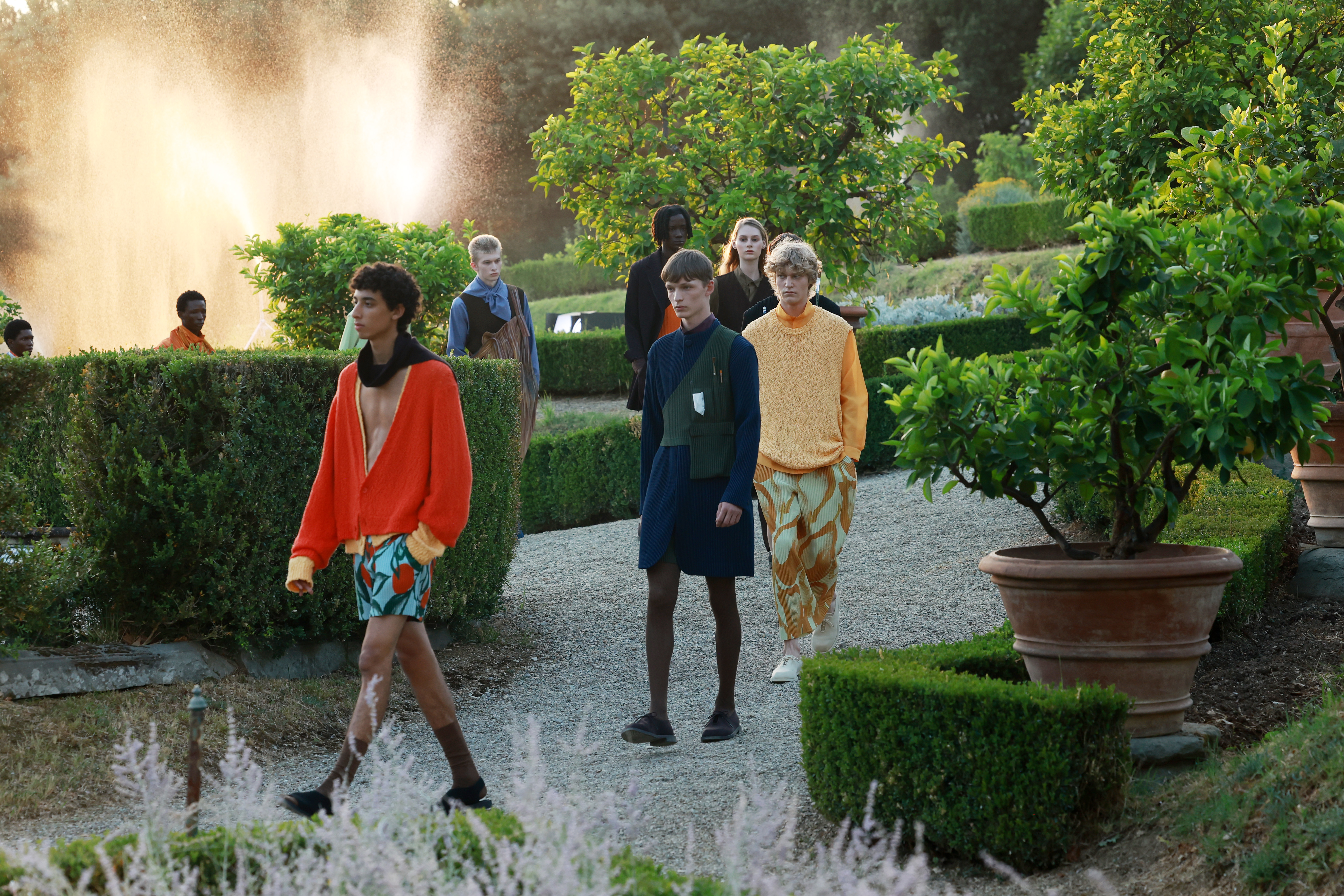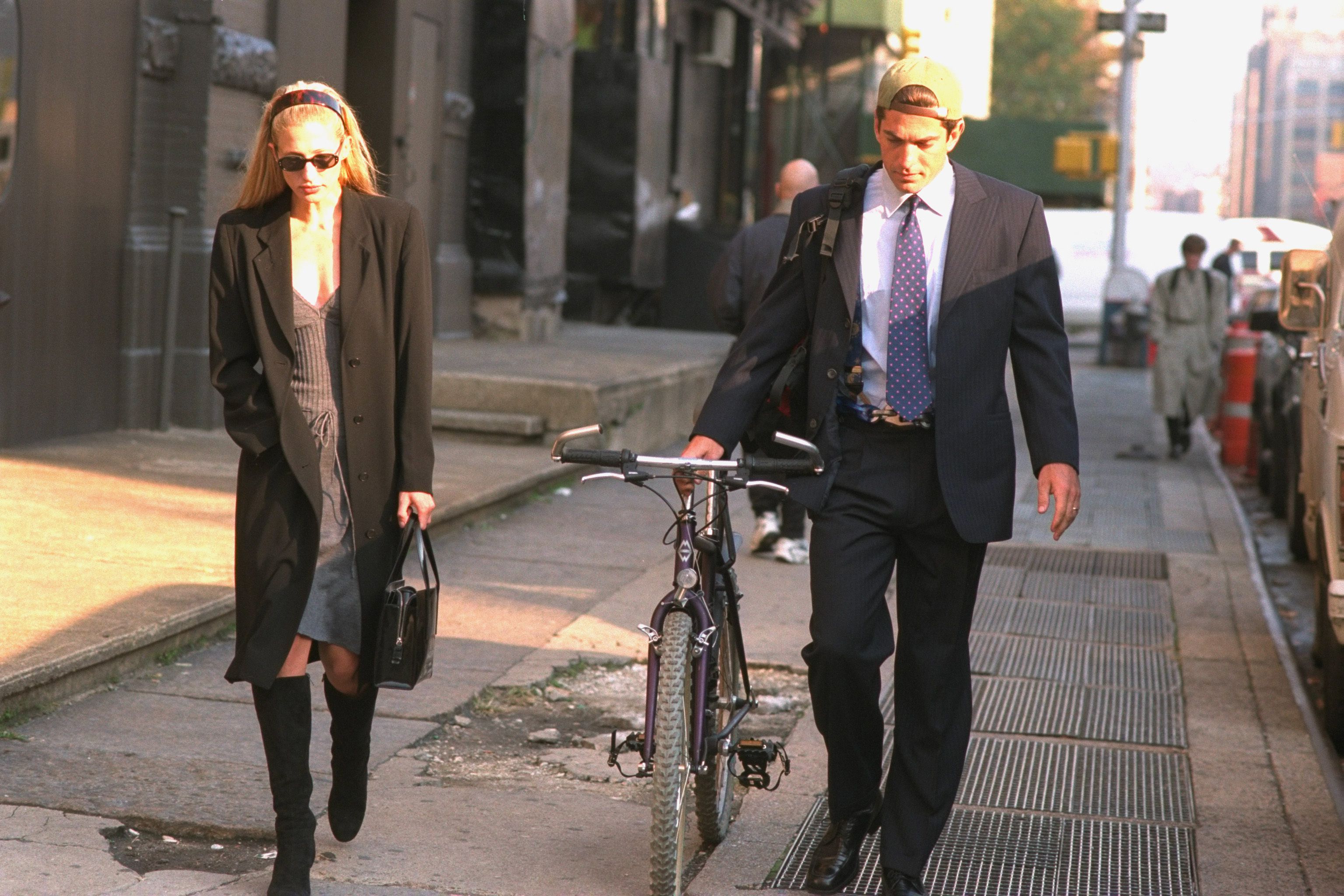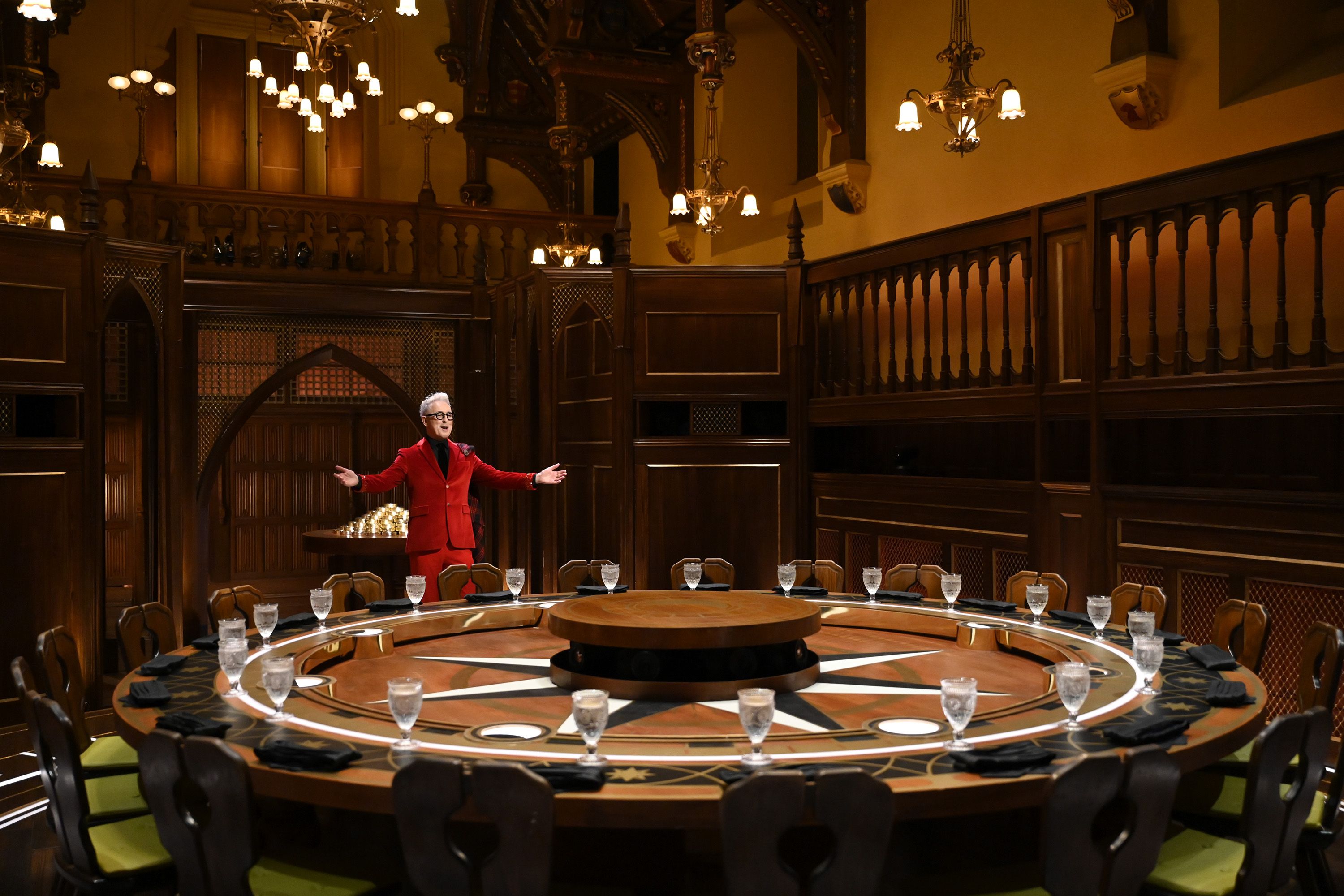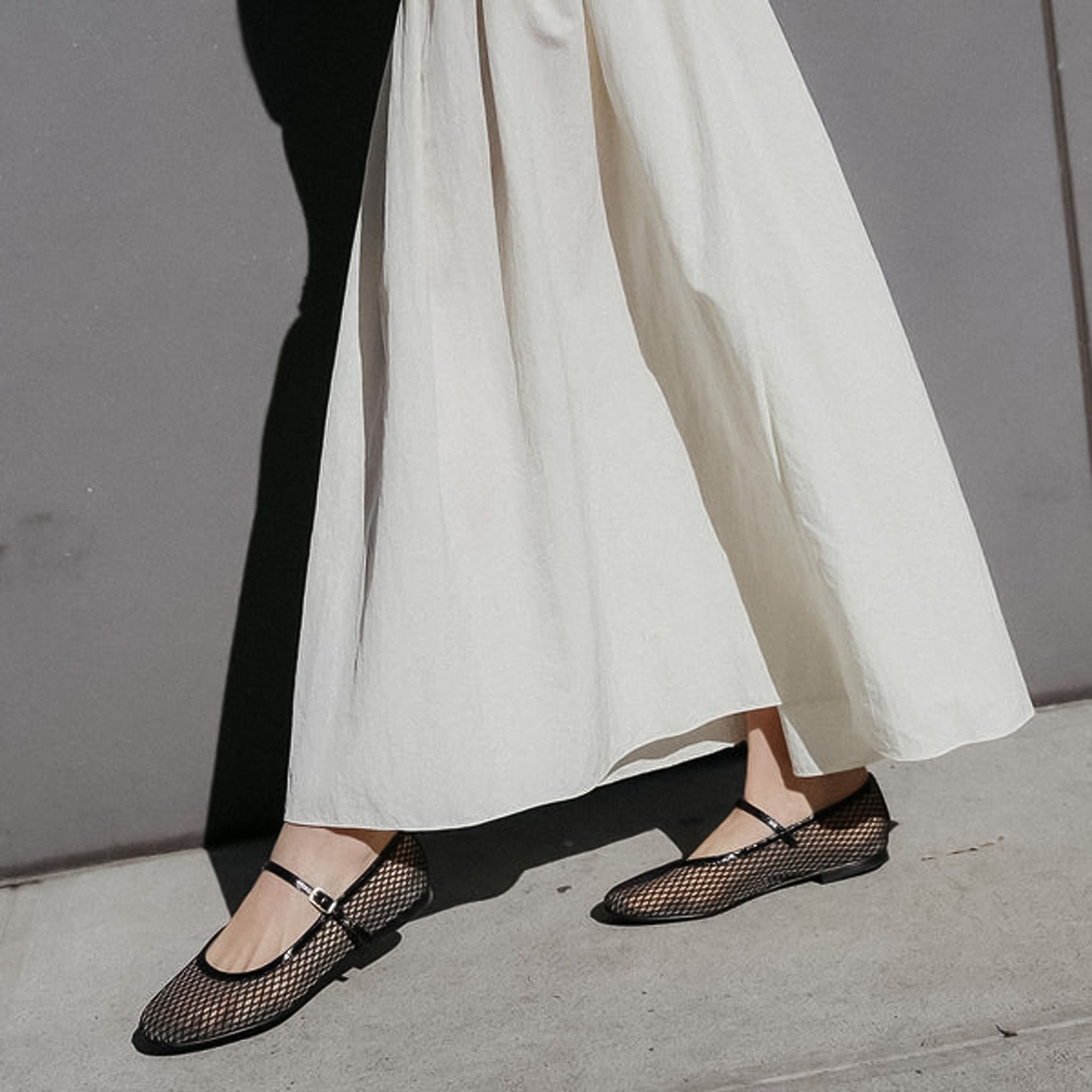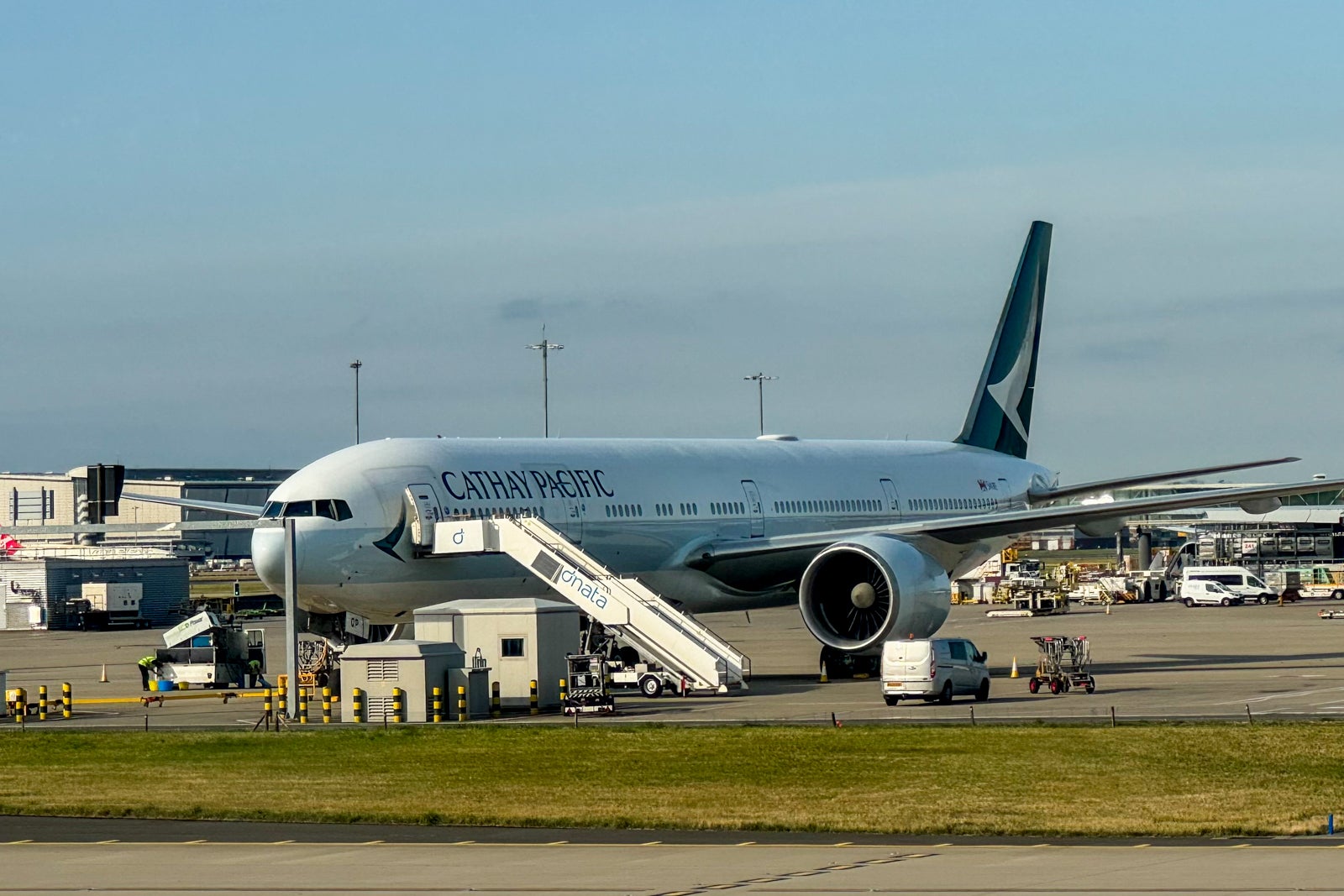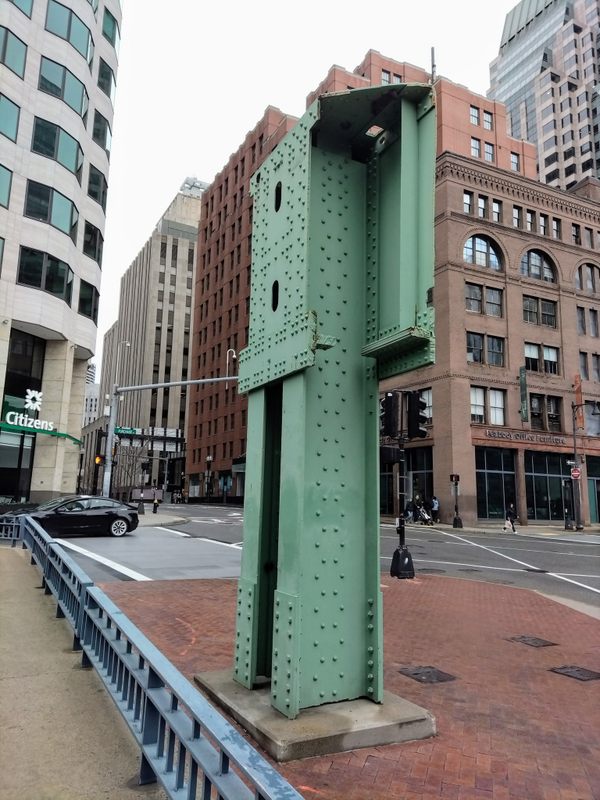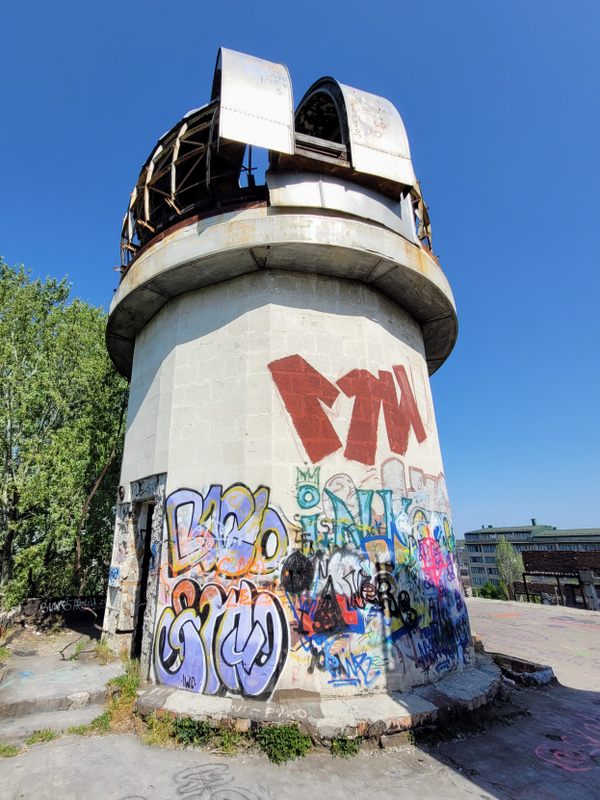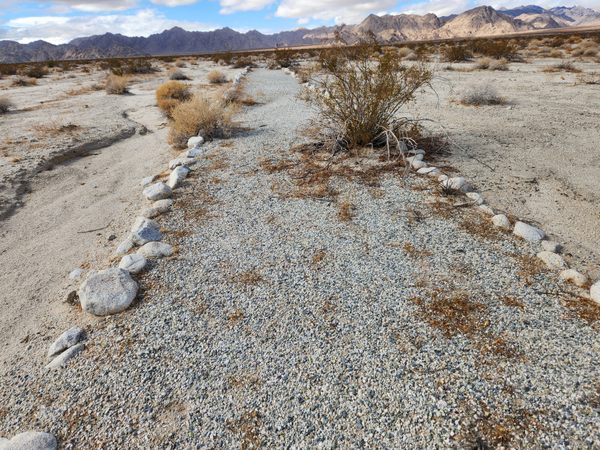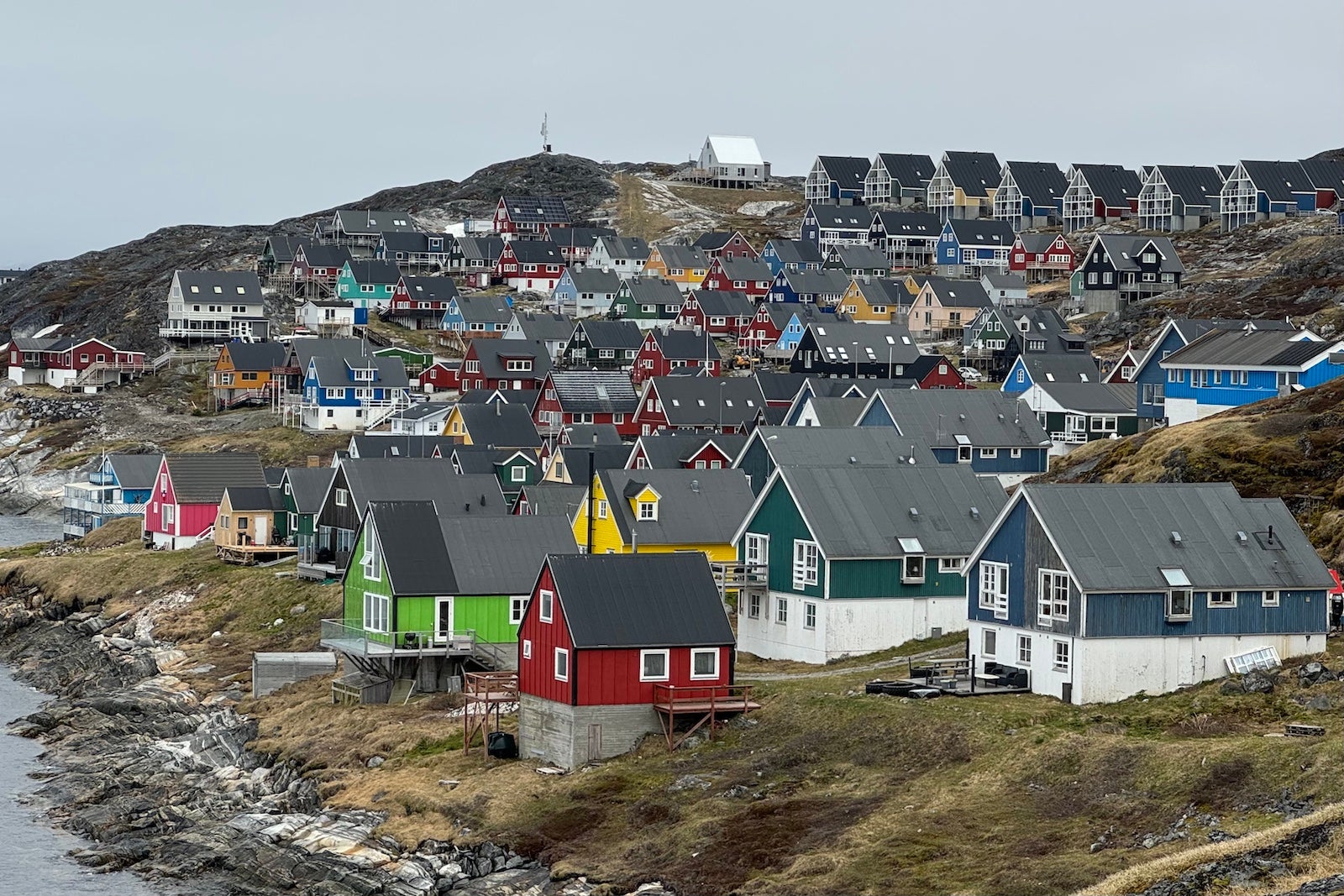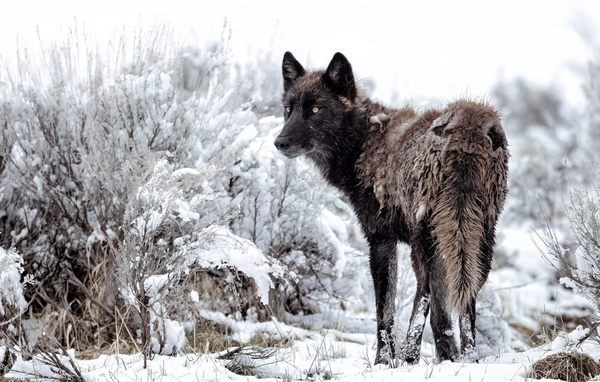What I Found Driving Across Northern Michigan
This essay is part of The Great Escape, Atlas Obscura’s soon-to-launch guide to American road trips, featuring more custom itineraries, regional highlights, and practical tips for travelers hitting the road together. See where Stacey stopped. While it might not be the first place that comes to mind when asked about bucket-list destinations, northern Michigan is no stranger to visitors. In-the-know “resorters,” as seasonal residents were called at the turn of the last century, have been flocking to this bucolic region to escape the summertime heat of Chicago, Detroit, Cincinnati, Fort Wayne, and other Midwestern cities for generations. More and more, however, those who carve out time to explore this Great Lakes destination come from much further afield—New York, Texas, California, and well beyond. The world over, there is a uniquely astonishing beauty to unsalted, freshwater vistas that stretch all the way to the horizon; centuries-old, coniferous white pines that fact-check any claims of Lake Michigan’s turquoise waters being those of the Caribbean; glacier-formed rolling hills that are pinstriped by rows of tart cherry trees, grape vines, sweet corn, or sunflowers; empty sand beaches where toddlers learn how to roast marshmallows in their pull-ups, and skies so dark that you study the Milky Way hoping the Northern Lights might ask you to dance. For those of us who live in this lovely but isolated locale year round, it can be easy to get excited about the small handful of seasonal folk who choose to stay—the big-city chefs who drove north for good and have unrolled their knives just down the street, the young gun who is taking a chance on her hometown and just pulled the window paper off a boutique that finally sells decent denim, or the urban designer who invested in one of our coffee shops and suddenly the barista who is pulling shots in glossy new digs knows what a macchiato actually is. During the summer months, we watch our tiny communities swell to many multiples of their wintertime populations and these new neighbors and highly curated makeovers feel like our reward for not being able to find parking on streets we could legitimately lie down in during the off season. These are the exciting new options that your friends who know the area might (rightly) recommend. But for a first-time visitor to plan a trip to northern Michigan—or any of the equally stunning destinations that trace a stretch of the five Great Lakes (looking at you North Shore, Door County, the Keweenaw Peninsula, Tobermory, and the Saugatuck Art Coast)—and only check out those exciting new openings from that hit-list you pinned, is to miss the point entirely. It would be like only savoring the (local, organic, small-batch) cherry on top while the rest of your ice cream sundae melts. Part of the allure of any trip “Up North,” as the northern swath of Michigan’s lower peninsula is known, is to retreat to a bygone era long before cellphones and laptops—a time when the lakeside communities that sit near the 45th parallel halfway between the equator and the North Pole where mining for copper or iron, when the labor of shipping or fishing was grueling, when hardworking potato farmers or fruit growers were stocking pastoral roadside farmstands well before their honor-system cashboxes became scenes celebrated in coffee table books, a time when those wealthy resorters arrived by steamship, train, or Model T. Just as those early travelers were escaping the heat, modern visitors deserve to escape hustle, and there is no better place to do so than certain iconic, nostalgia-steeped stops that remain suspended in time. From a fifth-generation working fishing shanty where you can grab some smoked whitefish to take back home, to the still-working printing press of one of the Midwest’s most beloved mid-century nature artists, to a lakeside, landmarked cabin that has been serving a Polish immigrant’s family recipes for 100 years, these are those stops.
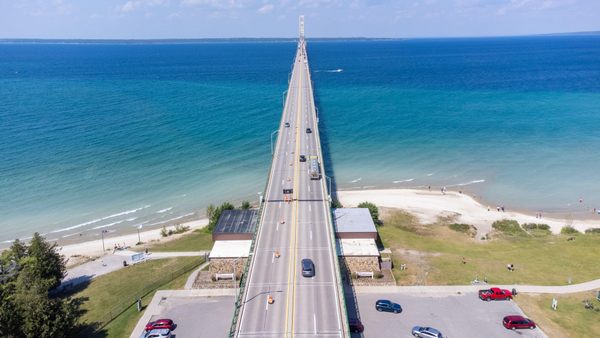
This essay is part of The Great Escape, Atlas Obscura’s soon-to-launch guide to American road trips, featuring more custom itineraries, regional highlights, and practical tips for travelers hitting the road together. See where Stacey stopped.
While it might not be the first place that comes to mind when asked about bucket-list destinations, northern Michigan is no stranger to visitors. In-the-know “resorters,” as seasonal residents were called at the turn of the last century, have been flocking to this bucolic region to escape the summertime heat of Chicago, Detroit, Cincinnati, Fort Wayne, and other Midwestern cities for generations. More and more, however, those who carve out time to explore this Great Lakes destination come from much further afield—New York, Texas, California, and well beyond.
The world over, there is a uniquely astonishing beauty to unsalted, freshwater vistas that stretch all the way to the horizon; centuries-old, coniferous white pines that fact-check any claims of Lake Michigan’s turquoise waters being those of the Caribbean; glacier-formed rolling hills that are pinstriped by rows of tart cherry trees, grape vines, sweet corn, or sunflowers; empty sand beaches where toddlers learn how to roast marshmallows in their pull-ups, and skies so dark that you study the Milky Way hoping the Northern Lights might ask you to dance.

For those of us who live in this lovely but isolated locale year round, it can be easy to get excited about the small handful of seasonal folk who choose to stay—the big-city chefs who drove north for good and have unrolled their knives just down the street, the young gun who is taking a chance on her hometown and just pulled the window paper off a boutique that finally sells decent denim, or the urban designer who invested in one of our coffee shops and suddenly the barista who is pulling shots in glossy new digs knows what a macchiato actually is.
During the summer months, we watch our tiny communities swell to many multiples of their wintertime populations and these new neighbors and highly curated makeovers feel like our reward for not being able to find parking on streets we could legitimately lie down in during the off season. These are the exciting new options that your friends who know the area might (rightly) recommend. But for a first-time visitor to plan a trip to northern Michigan—or any of the equally stunning destinations that trace a stretch of the five Great Lakes (looking at you North Shore, Door County, the Keweenaw Peninsula, Tobermory, and the Saugatuck Art Coast)—and only check out those exciting new openings from that hit-list you pinned, is to miss the point entirely. It would be like only savoring the (local, organic, small-batch) cherry on top while the rest of your ice cream sundae melts.

Part of the allure of any trip “Up North,” as the northern swath of Michigan’s lower peninsula is known, is to retreat to a bygone era long before cellphones and laptops—a time when the lakeside communities that sit near the 45th parallel halfway between the equator and the North Pole where mining for copper or iron, when the labor of shipping or fishing was grueling, when hardworking potato farmers or fruit growers were stocking pastoral roadside farmstands well before their honor-system cashboxes became scenes celebrated in coffee table books, a time when those wealthy resorters arrived by steamship, train, or Model T.
Just as those early travelers were escaping the heat, modern visitors deserve to escape hustle, and there is no better place to do so than certain iconic, nostalgia-steeped stops that remain suspended in time. From a fifth-generation working fishing shanty where you can grab some smoked whitefish to take back home, to the still-working printing press of one of the Midwest’s most beloved mid-century nature artists, to a lakeside, landmarked cabin that has been serving a Polish immigrant’s family recipes for 100 years, these are those stops.





















































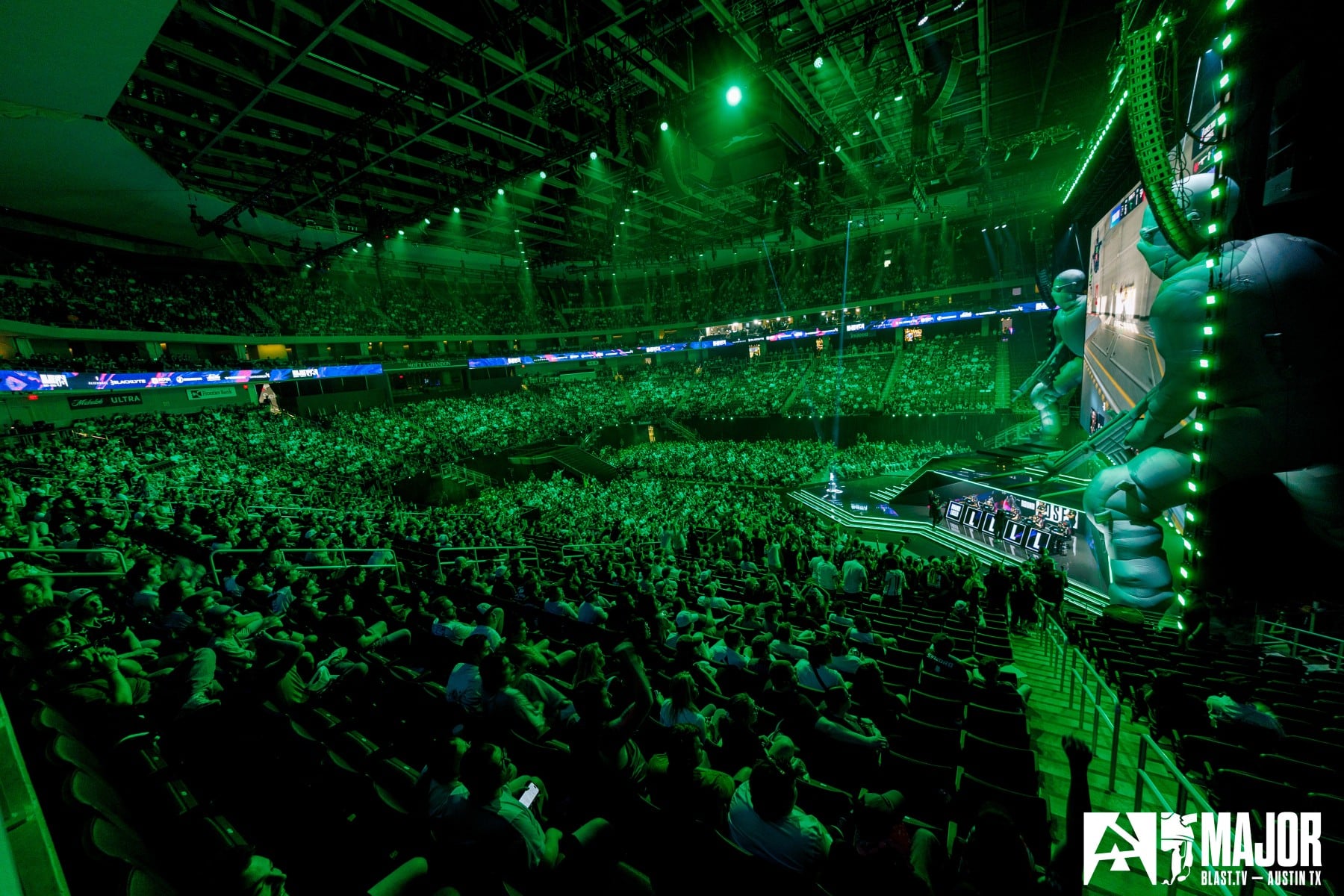








![nqz "I would be lying if I said I don't [feel pressure]. It was so different for me to see all those people and be in a Major playoffs"](https://img-cdn.hltv.org/gallerypicture/kAkShxXB96gCZmlpU-ivfH.jpg?auto=compress&ixlib=java-2.1.0&m=/m.png&mw=107&mx=20&my=474&q=75&w=800&s=935037b04cd96d3e70935ccfb24c348e#)




























